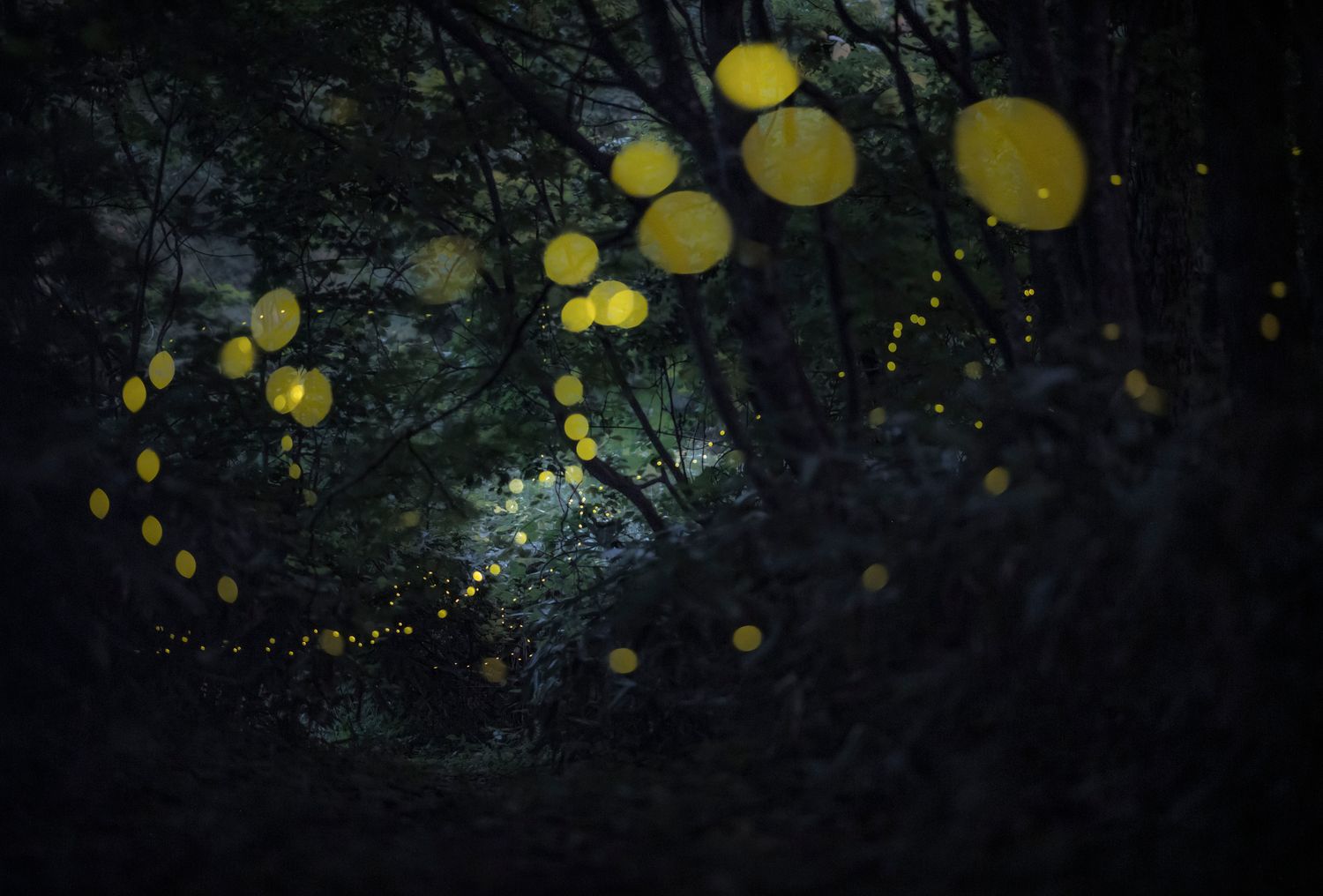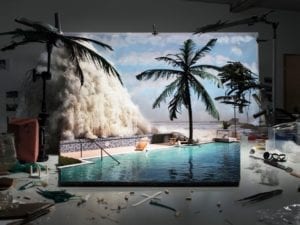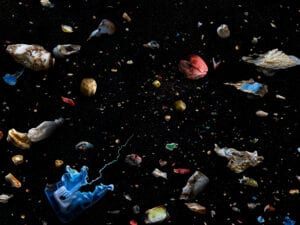Yamagata, located in central Japan, is famed for its snow-covered fir trees, skiing opportunities and picturesque hot springs. These pictorial scenes have drawn huge numbers of tourists, with more than 2,000 visitors a day arriving during the Lunar New Year period. The has also long-been a source of creative inspiration. Its spectacular mountaintop temple, Hojusan Risshakuji, was the spot that haiku poet Matsuo Basho (1644 – 1694) composed one of his most famous poems. The lines “such stillness / the cicadas’ cries / sink into the rocks,” which have moved so many readers, were influenced by the area’s beauty.
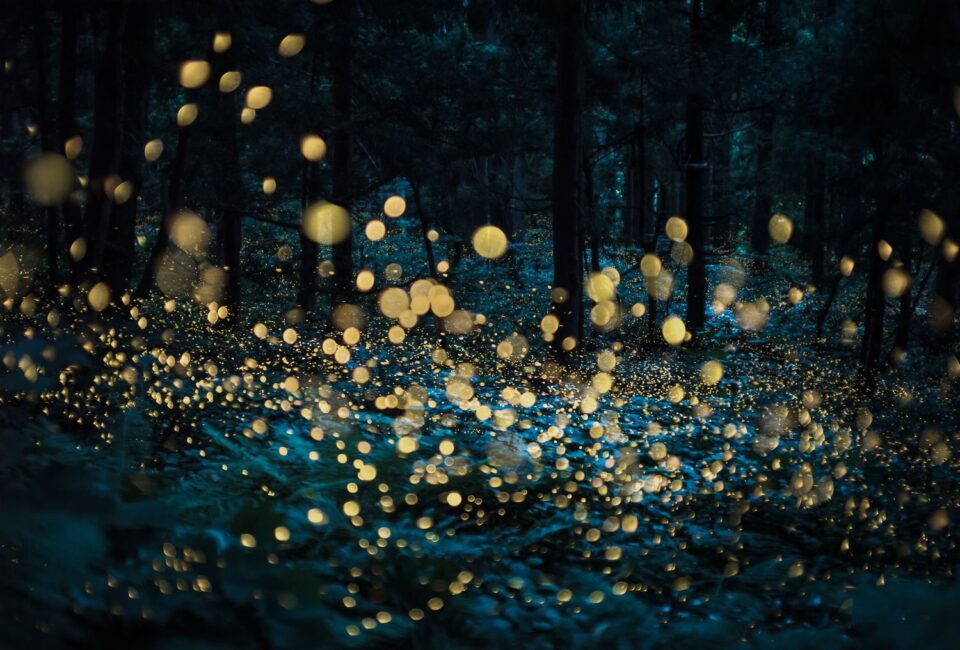
Contemporary photographer Kazuaki Koseki (b. 1977) follows in these illustrious footsteps. The natural majesty of Yamagata influences his images, which he creates by exploring the untouched wilderness. His series Summer Faeries captures the brief 10 day period, during the summer, that the himebotaru firefly emerges in local forests. In an interview with Colossal, the artist explains the process: “I drove my car deep into the forest to the end of the road and started walking alone deep into the forest at night, without moonlight.” It was only after half an hour of hiking that the first firefly became visible. Koseki continues: “The silhouette of the forest became faintly visible [and] countless lights continued to glow. It was like a starry sky twinkling.” The results are captivating. Innumerable golden orbs float in between the trees, cast in an eerie blue light. The photographs seem like pages ripped straight from a fairytale, made more beautiful for their ephemerality.
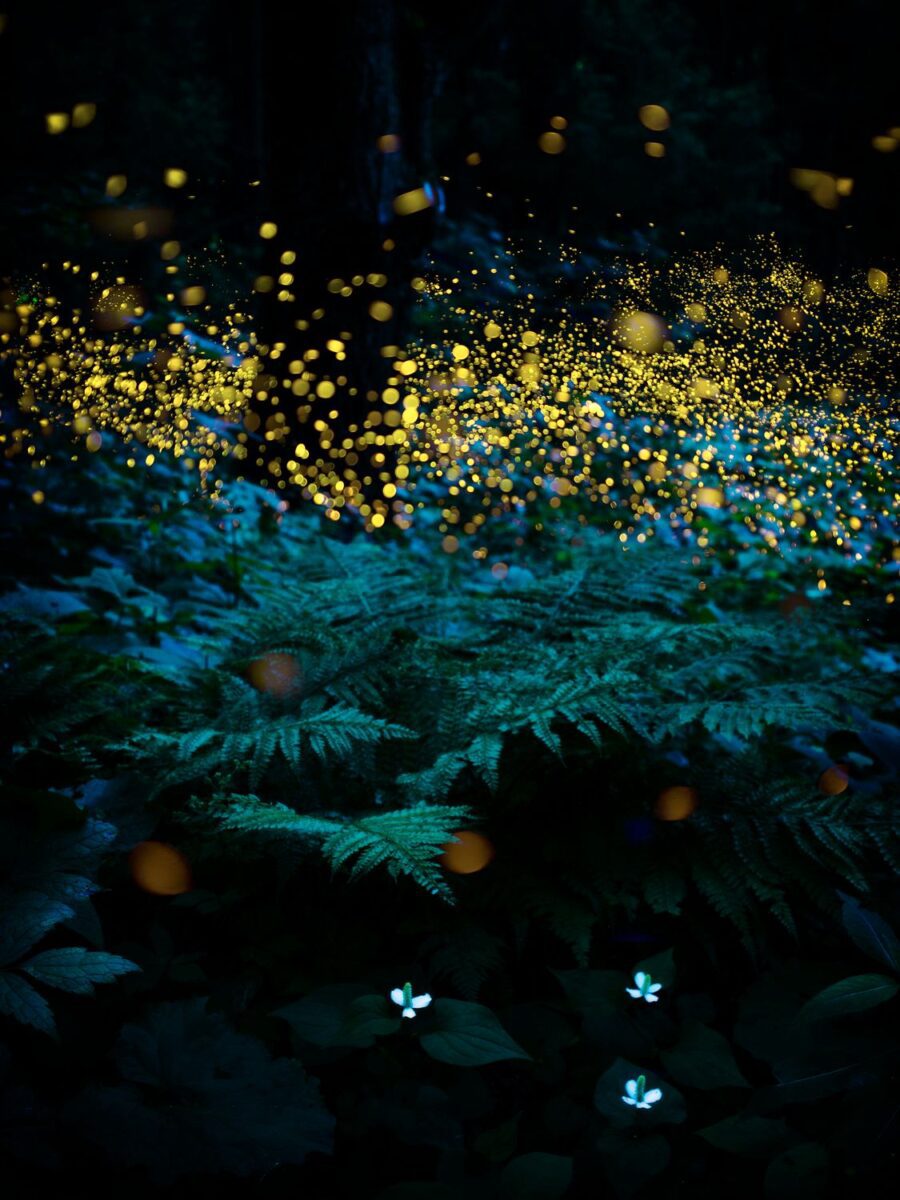
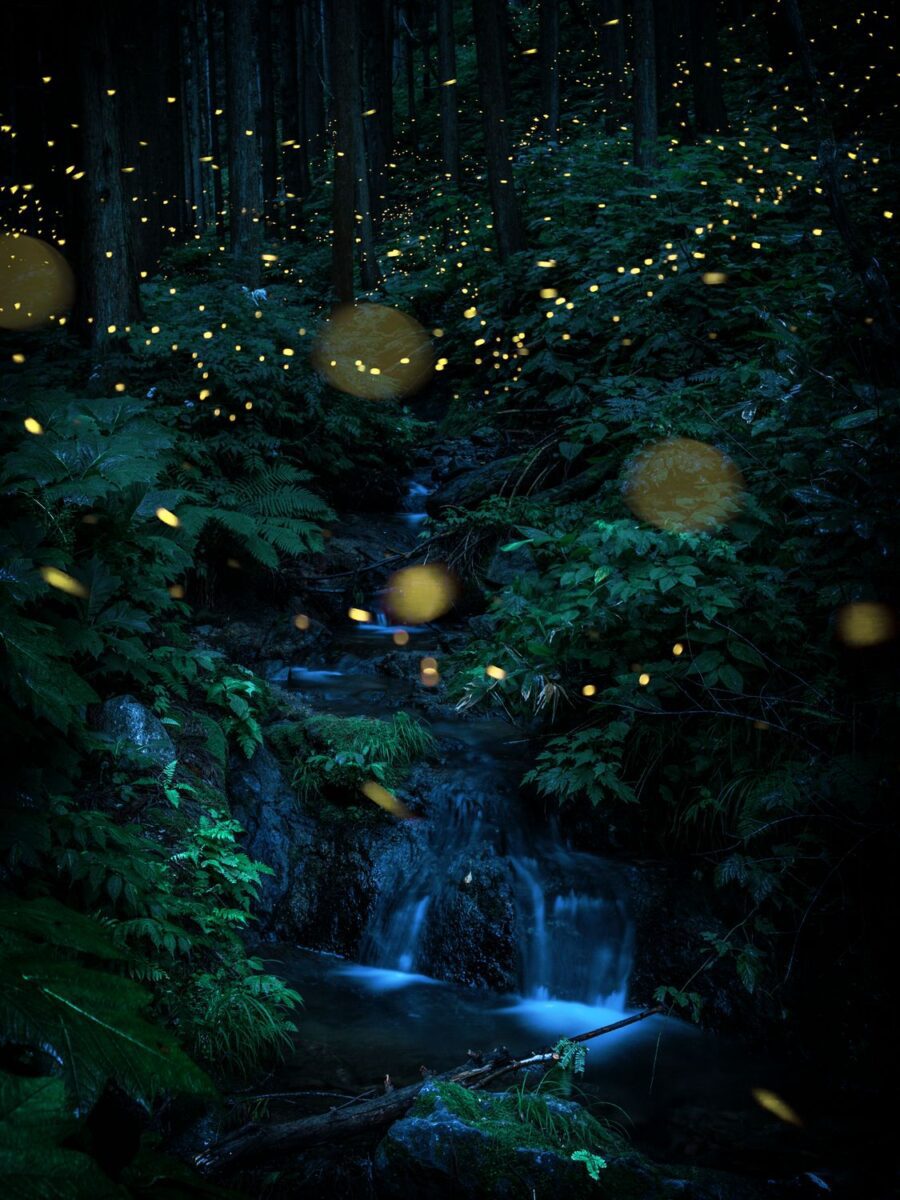
However, behind the aesthetic appeal is a serious message. In recent years, the habitat in which these elusive insects live has been impacted by deforestation and the tourism industry. There are even organised tours to take large groups of curious visitors to see the twinkling lights. The encroachment on these spaces is part of a wider destruction through climate change. Koseki told the Guardian: “The unpredictability of the fireflies’ trails of light highlights the urgency of our planet’s climate crisis, while at the same time holding strong and enduring hope for the future.” In this, the artist joins a growing number of creatives who use the camera to think more deeply about humanity’s relationship with the environment. His poignant images echo that of British photographer Ellie Davies, whose series Stars (2014 – 2015) is an attempt to reconnect with the wild natural spaces of the artist’s youth. The message behind Koseki’s series sees his work add to powerful voices like Diane Tuft, Edward Burtynsky and Mandy Barker, all of whom lend their platform to calling for action against climate change.
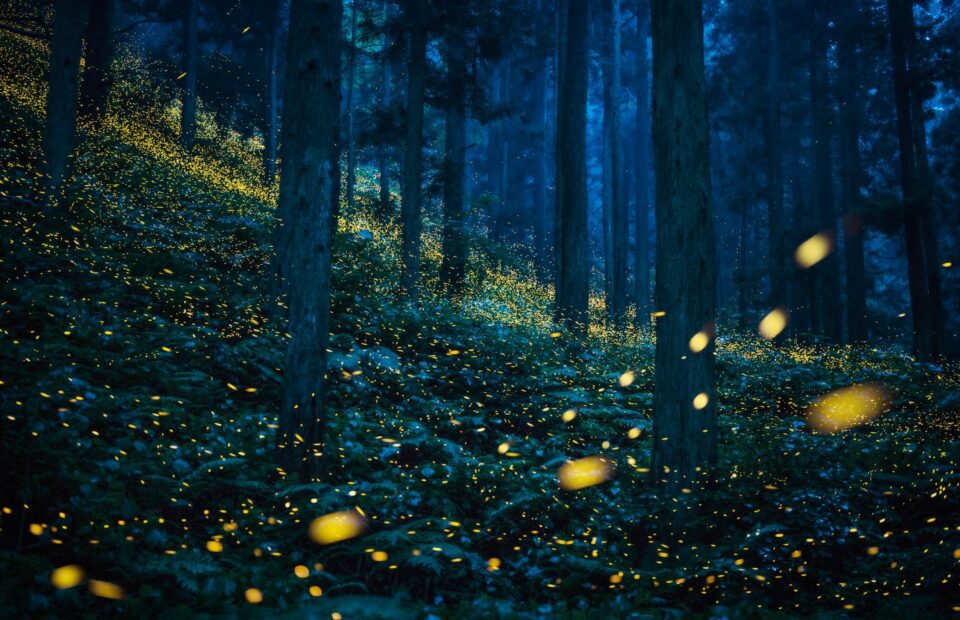
Koseki is the winner of the Aesthetica Editorial Award, selected from an impressive shortlist as part of the 2025 Belfast Photo Festival Open Submissions. The artist has received international recognition, winning Wildlife Photographer of the Year, LensCulture Critics’ Choice and Travel Photographer of the Year. His work has also featured at the World Economic Forum, the Natural History Museum and Californian Academy of Sciences, as well as being published in the Japanese edition of National Geographic.
Belfast Photo Festival runs 5 – 30 June: belfastphotofestival.com
Words: Emma Jacob

Image credits:
All images from Kazuaki Koseki Summer Faeries (2023).


